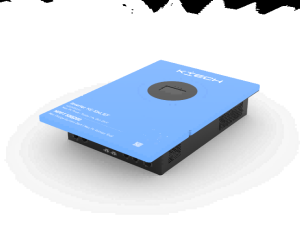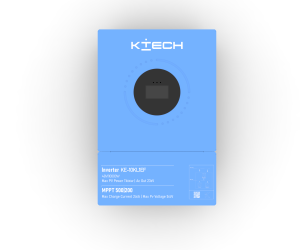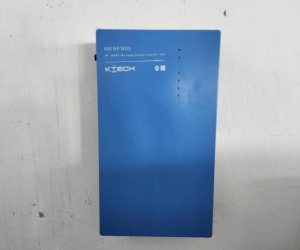马上注册,结交更多好友,享用更多功能,让你轻松玩转社区。
您需要 登录 才可以下载或查看,没有账号?Register
×
String inverters are widely used in photovoltaic power generation systems. Here is an introduction to their advantages and disadvantages.
Advantages: 1. High efficiency String inverters can achieve relatively high conversion efficiency. They can convert the direct current generated by solar panels into alternating current with minimal power loss. This helps to maximize the energy output of the photovoltaic system.
2. Flexible installation They are usually smaller in size and lighter in weight compared to central inverters. This allows for more flexible installation options. Each string inverter can be installed close to the solar panels it serves, reducing cable losses and making installation easier in various terrains and on different types of roofs.
3. Monitoring capabilities String inverters often come with advanced monitoring features. They can provide detailed information about the performance of each string of solar panels, enabling quick detection of any issues or malfunctions. This helps in timely maintenance and optimization of the system.
4. Scalability It is relatively easy to expand a photovoltaic system by adding more string inverters as needed. This makes it suitable for systems of different sizes and allows for future growth.
Disadvantages: 1. Higher cost per watt In general, string inverters tend to have a higher cost per watt compared to central inverters. This can increase the initial investment cost of the photovoltaic system.
2. Multiple inverters to manage If a large photovoltaic system uses multiple string inverters, it requires more management and maintenance. Each inverter needs to be monitored and maintained separately, which can be more complex and time-consuming.
3. Reliability concerns Since there are multiple inverters in a system, there is a higher probability of one or more inverters failing. This can affect the overall performance of the system until the faulty inverter is repaired or replaced.
|  Key Technologies & Challenges of Off-gri1707 views#Default Forum
Key Technologies & Challenges of Off-gri1707 views#Default Forum Market Potential & Future Direction of O1515 views#Default Forum
Market Potential & Future Direction of O1515 views#Default Forum How to Install a Wall-Mounted Inverter1723 views#Default Forum
How to Install a Wall-Mounted Inverter1723 views#Default Forum How to Install a Wall Mount Battery1805 views#Default Forum
How to Install a Wall Mount Battery1805 views#Default Forum